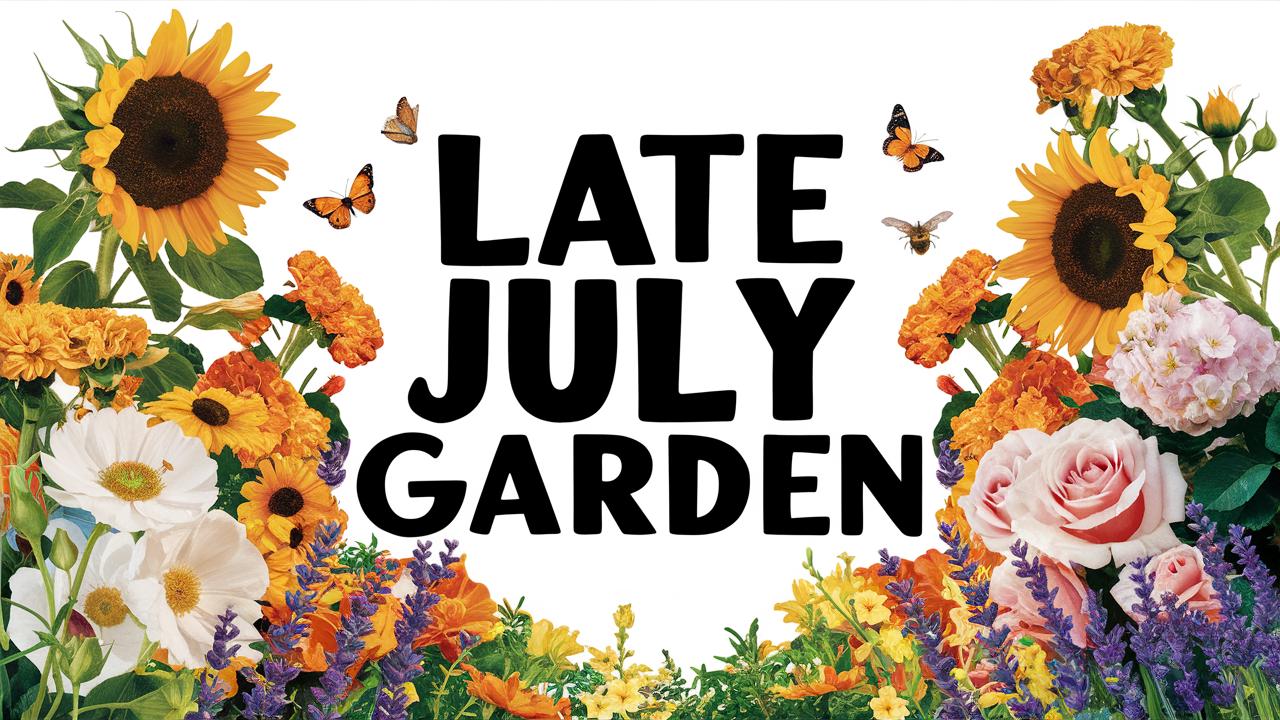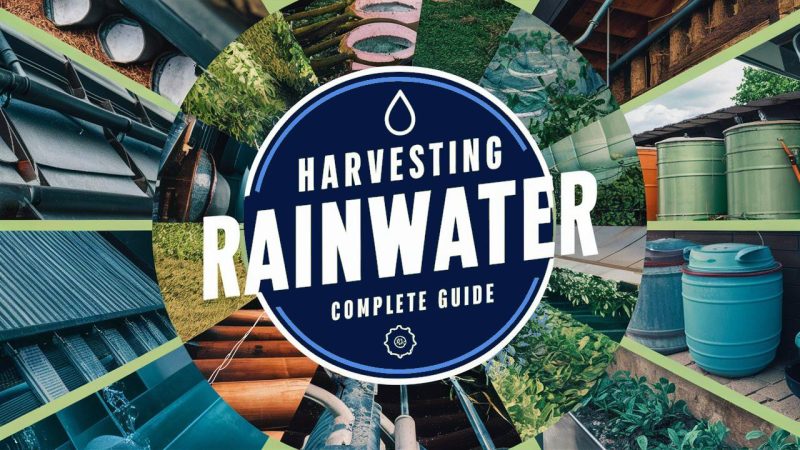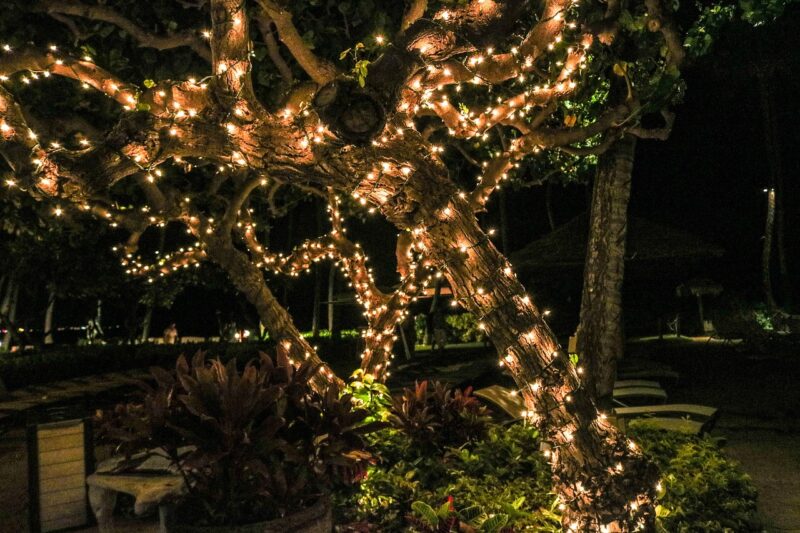As the summer sun reaches its zenith in late July, gardens across the world come alive with vibrant colors, lush greenery, and the sweet fragrances of blooming flowers. It’s a time when nature seems to be at its most abundant and alive. For passionate gardeners, late July is an opportunity to breathe new life into evolving garden spaces.
Whether you’re looking to create a breathtaking outdoor haven or simply tend to your existing plants, this guide is brimming with unique and personable ideas that celebrate the joys of gardening during this radiant time of year.
The Joy of Late Summer Blooms

One of the most rewarding aspects of late July gardening is the chance to witness the peak of blooming season. Choosing the right late summer flowers can extend the beauty of your garden well into autumn.
1. Selecting Late Summer Blooms
Planting late-blooming perennials can ensure that your garden remains vibrant even as some of your early summer flowers begin to fade. Consider incorporating varieties such as:
Sedum: These drought-resistant plants come in various sizes and colors. Their succulent foliage and autumn blooms attract butterflies and bees, making them a favorite for pollinator-friendly gardens.
Asters: Clarke asters provide a burst of purple, white, and blue hues. They are not only stunning but also resilient, thriving in tough conditions.
Sunflowers: As bold and cheerful as can be, sunflowers are perennial favorites. Their sunny disposition can light up any garden, and they attract a myriad of pollinators.
In late July, it’s also possible to plan for fall blooms. Planting bulbs like gladiolas and dahlias at this time can offer a stunning visual display that lasts until the first frosts.
Aromatic Herbs: Lasting Aromas

Herbs can provide not only culinary delights but also a sensory feast in your garden. Late July is an ideal time to cultivate aromatic herbs that thrive in the summer heat.
2. Planting or Harvesting Perennial Herbs
Consider growing:
Basil: Delay no further—harvest this fragrant herb frequently to encourage bushy growth. Basil thrives in heat and brings unparalleled flavor to summer meals.
Oregano: An evergreen herb that can thrive in a variety of conditions, oregano’s earthy aroma fills the garden and kitchen alike. It’s perfect for culinary uses and pairs beautifully with late summer tomatoes.
Mint: Plant mint in pots to prevent its vigorous growth from overtaking your garden. It enlivens drinks, desserts, and salads while emitting a refreshing aroma.
Mid-summer is also a critical period for pruning and harvesting; this will ensure these herbs remain productive until the cooler months arrive.
Edible Delight: Mid-Summer Vegetable Care
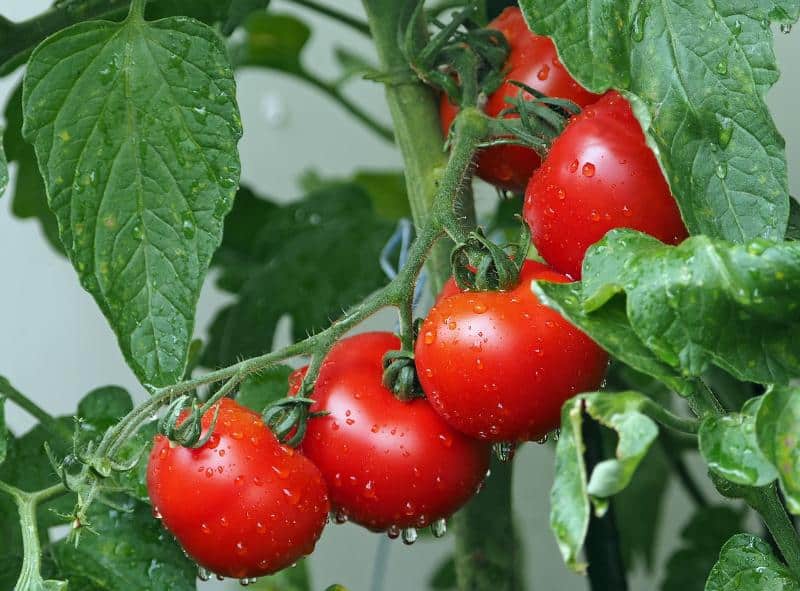
Late July is prime time for maintaining a bountiful vegetable garden. The hard work you put into your garden earlier in the season should be rewarded with an array of delicious produce.
3. Care for Existing Vegetables
While your crops are thriving, pay attention to the following:
Tomatoes: These summer staples need consistent watering to prevent cracking. Regular pruning and staking will support their growth. If you’ve planted determinate varieties, you may see them ripening soon.
Zucchini: Known for often producing with abandon, keep a close eye on your zucchini plants. Harvest them regularly; younger ones offer better flavor and texture.
Green Beans: A few more weeks of warm weather means more beans! Ensure they have adequate support as they climb and consider succession planting to extend your harvest.
In late July, it’s equally important to plan for fall crops by sowing seeds for next-season vegetables, including turnips and radishes, to keep your garden productive.
Container Gardens: Versatile and Eye-Catching

Container gardening offers flexibility and creativity in space utilization, making it an excellent choice for late July gardening, particularly for those with limited areas.
4. Exploring Container Options
Here are some ideas to inspire your container garden:
Mixed Herb Planters: Combine fragrant herbs to create aromatic displays. Group containers to make a visual impact on patios or balconies.
Colorful Flower Mixes: Incorporate annuals such as marigolds, salvia, and petunias to bring color and vibrancy to your outdoor spaces. Group pots together for a dynamic visual explosion.
Vegetable Containers: Ideal for urban spaces, growing salad greens, tomatoes, or peppers in pots can yield fresh produce without a dedicated garden bed.
Containers should be regularly checked for moisture, especially during the sunniest days of summer.
Sustainable Practices: Eco-Friendly Gardening
As an increasing number of gardeners prioritize sustainability, late July provides opportunities to incorporate eco-friendly practices into your gardening routine.
5. Implementing Sustainable Methods
Consider these actionable ideas:
Composting: This practice enriches the soil and reduces waste. Set up a small compost system to recycle kitchen scraps, garden waste, and even paper.
Rainwater Harvesting: Install barrels to collect rainwater. This eco-friendly method supplies your plants with natural, chemical-free hydration.
Planting Native Species: Incorporate plants that are native to your area into your garden. They generally require less water and maintenance while thriving in local climates.
Incorporating these sustainable practices not only benefits the environment but also promotes healthier gardens.
Summer Pollinator Gardens: Attracting Nature’s Helpers
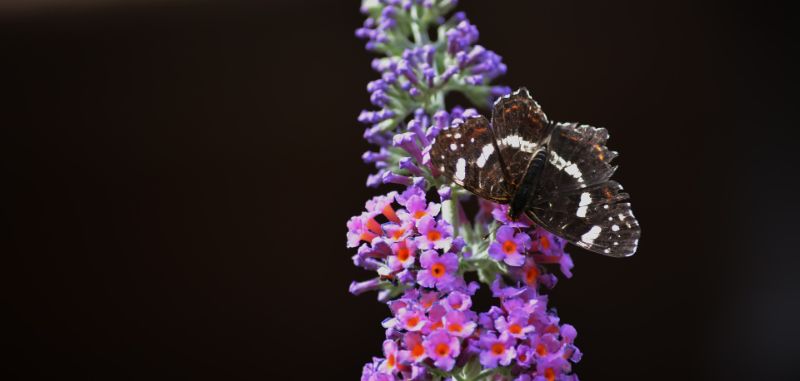
Creating a summer pollinator garden is an amazing way to contribute to the ecosystem while also beautifying your outdoor space. Bees, butterflies, and other pollinators play a crucial role in the health of your plants.
6. Planning for Pollinators
To create an inviting environment for these essential creatures:
Diverse Plantings: Incorporate a variety of flowering plants that bloom at different times throughout the summer. This provides a continuous source of nectar.
Avoid Pesticides: Using harsh chemicals can deter pollinators. Opt for more natural alternatives for pests, ensuring a healthy ecosystem for your garden.
Water Sources: Provide shallow dishes with water featuring pebbles for pollinators to rest on while they drink. This small addition can greatly benefit local insect populations.
Through these efforts, you can cultivate an environment that supports biodiversity.
Shade Gardens: Beauty in Cool Retreats

Not all gardens are drenched in sunlight. Late July is an excellent time to explore gardening in shady areas, showcasing nature’s beauty in cooler microclimates.
7. Creating a Lush Shade Garden
Consider these strategies:
Select Shade-Tolerant Plants: Hostas, ferns, and astilbes thrive in low-light conditions and can provide lush greenery and beautiful blooms.
Layering for Depth: Create dimension by layering taller plants in the back and shorter ones in the front. Mix textures and foliage types for added visual interest.
Incorporate Garden Structures: Use trellises or arbors to add vertical elements and create a sense of retreat within the shady boundaries.
A shade garden can transform a cool corner of your yard into an enchanting oasis.
Enhance Outdoor Spaces: Creating Comfort Zones
As you finish your gardening tasks, consider enhancing your outdoor spaces to create inviting areas for relaxation and enjoyment.
8. Designing Entertaining Zones
Think about how to make your garden more enjoyable:
Seating Areas: Develop cozy seating spots where you can unwind among your plants. Wooden benches, hammocks, or even colorful outdoor cushions can enhance comfort and atmosphere.
Outdoor Lighting: String lights or solar-powered lanterns can infuse your garden with warmth in the evenings. Magical illumination allows you and your guests to enjoy the beauty of the garden long after sunset.
Decorative Elements: Personalize your garden with art, sculptures, or water features that reflect your personality. These details create focal points and add interest.
Outdoor spaces should feel inviting, encouraging you to soak in the fruits of your labor.
Reflecting and Planning: Looking Ahead
Finally, late July is an opportunity not just to relish the present moment in your garden but also to reflect and plan for future seasons.
9. Keep a Garden Journal
Tracking your gardening journey is immensely beneficial. Make time to:
Record Observations: Jot down what worked, what didn’t, and any new techniques you tried. This will inform your gardening in the following seasons.
Plan for Autumn: Start brainstorming ideas for fall plantings or seasonal decorations—think pumpkins, gourds, and vibrant fall flowers.
Set Goals: Determine what you’d like to accomplish next season, whether it’s expanding your garden or trying new plants and flowers.
Taking notes now can guide your future efforts, leading to even more rewarding gardening experiences.
Conclusion: The Beauty of Late July Gardening
With the warmth of summer in full swing, late July is undeniably a magical time for garden enthusiasts. This period offers an abundance of opportunities and experiences, from choosing late-blooming flowers to nurturing vegetable crops and fostering sustainable practices. Whether you’re nurturing a sprawling garden or curating a cozy container setup, remember that gardening is not just about growing plants; it’s about cultivating joy, connection, and tranquility.


